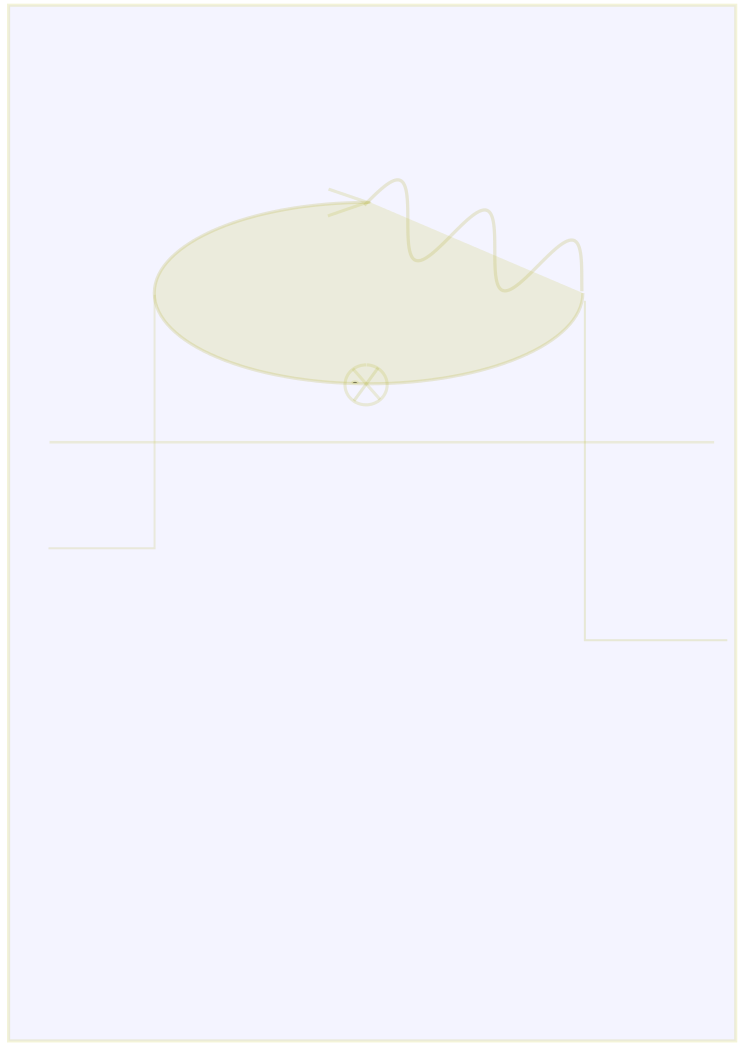
Quantum physics
As an ongoing project with J. Magnen, we investigate -- in a quantum field theoretic langugage and with
constructive (rigorous) arguments -- fundamental (semi-)open problems of quantum physics, like detailed derivation of Bardeen-Cooper-Schrieffer (BCS) low-temperature superconducting phase transition from microscopic theory, the (U-V cut-off) φ^4-model in 4-dim'l Minkowski space-time, Anderson delocalization in 3d for random Schrödinger operators,... These models were initially studied on a rigorous basis a quarter of a century ago, but (despite considerable progress made on simplified versions or in a semi-classical approach) a thorough constructive analysis of the full-scale problems is still missing. Despite the fundamental differences between these models, what they have in common is that they all require an extension of the by now well-understood multi-scale and cluster expansion tools to curved spaces (spheres, hyperboloids,...)
Low-temperature superconductivity from first principles.
The preprint A mathematical derivation of T=0, 2D superconductivity from microscopic BCS model
is a first result in that direction for standard, s-wave superconductivity. Starting from the so-called "jellium" model, which is a (1+D) fermionic quantum-field theoretic representation of the original Bardeen-Cooper-Schrieffer model in the continuum limit -- essentially, an ab initio model -- we prove transition from a Fermi liquid state to as uperconducting state made up of Cooper pairs of electrons at an energy level Γ equal to the mass gap. The dynamical U(1)-symmetry breaking produces at energies lower than Γ a Goldstone boson, a non-massive particle described by an effective (1+D)-dimensional non-linear sigma-model, whose parameters and correlations are computed.
The difficulty here is to find the correct vacuum around which to expand. An infinitesimal symmetry-breaking term (entering as an anomaly through the choice of infinitesimal cut-off) selects the direction of the U(1)-field.
Perturbing around the symmetry-broken theory with Γ chosen as solution of a gap equation (actually, as a limit of scale dependent, infra-red cut-off gap equations), one finds the following:
-- leading-order diagrams at energies <Γ are, as expected, ladder (bubble) diagrams, describing the interaction of Cooper pairs;
-- a constructive Bethe-Salpeter (four-point, two-particle irreducible) kernel can be defined, whose geometric series
sums up to the Goldstone boson propagator;
-- the Goldstone boson field is very massive in the direction transversal to the sphere of radius Γ. Since the latter gauge field is never introduced in the computations, this assertion actually translates into concentration estimates for transversal fluctuations of local averages of the Cooper pair field .
This is proved by showing that diagrams with energies close to the Fermi level form a power series in a small "1/N" parameter proportional to the distance to the Fermi level, in close analogy with N-vector models. Leading-order diagrams in that expansion are bubble diagrams. Ward identities then allow to prove that diagrams with low-momentum "soft" Goldstone bosons are actually convergent.